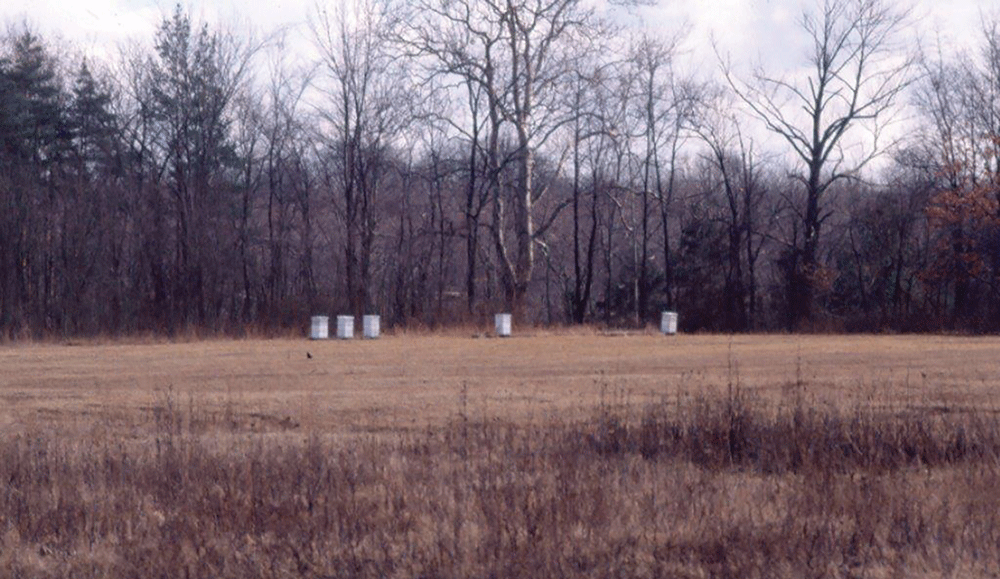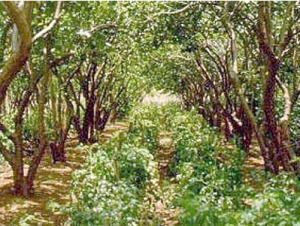The Farm, March 1, 1917.
Dear Sis,
Rob is making out the order for new beekeeping supplies for this year, and while he does that I may as well write to you. He has pulled his front lock down over his eyes in the usual way when he is disturbed. We have both been groaning over the $300 that we have to put into supplies – we are buying 100 new hives among other things, for you know we expect to start another beeyard this Spring. (Three bucks a hive! Can you believe it?) That town lot that Rob’s father bought years ago, when he thought the village would develop toward the west, has never been worth anything, but Rob thinks it will be a good location for bees and it is convenient enough to our other yards to make it feasible. Fortunately our $300 worth of supplies does not have to be paid for entirely in cash, for we have a considerable quantity of beeswax to turn in, to be made into foundation. Rob will feel differently about this investment by Fall, and is really quite ready to spend the money now.
Would you believe that beeswax would make a more stable currency than gold? It really has changed less in value in the last 50 years than gold has, so I’m thinking I had better write to Washington and have our standard changed to beeswax. Think how nice beeswax coins would be to carry about; and wouldn’t they be pretty with a skep stamped on one side and Her Majesty, The queen on the other, symbols of royalty and industry! A dollar weighing over three pounds might be a little awkward though! Too bad the modest bees could never know their greatness. Surely no king whose head appears on coins can trace his ancestry as far back as the honey bee. You know fossil bees have been found which indicate that they were living in colonies when the cave man was using stones to sling at his wife. (This kind of remark makes me wonder if “Mary” was really a man.)
I wonder if Grandfather Cave Man was stung when he stole honey from the wild bees of the forest to carry home to his offspring. Of course he would have to promise to bring the children home some sweets on his return from a hunting trip, and of course the bees would have to furnish them! Doesn’t it make you humble to realize that these tiny insects in that early age had learned how to live in communities and to divide their labor, problems still unsolved satisfactorily for us? They were ahead of us too in the matter of building their homes. I don’t believe you will find such economy of material and space, combined with strength, anywhere but in the honeycomb. The hexagonal cells, back to back and side by side, row after row, are marvelously fine and beautiful, and practical as well, for the material is waterproof and tough, yet plastic enough to mold.
Personally, though, I am just satisfied to be a member of the blundering human race that is still experimenting on building materials and so many other things. It might be a trifle monotonous to have double rows of apartments, all the same size and color, backed up together on uniform streets.
It is plain to be seen that our friends the bees do not go in for artistic variety – stil they are spared the fantastic and grotesque buildings that some of our neighbors force upon us occasionally. Remember the tower on old Mr. Tomlinson’s house that Father used to call the wen?
Rob says it’s time the children were in bed. (Then why doesn’t he put them there?) They have been popping corn and pouring honey syrup over it. It’s very sticky but delectable, and I shall stop writing to have some. Wish you were here to help crunch.
Your loving sister,
Mary.









